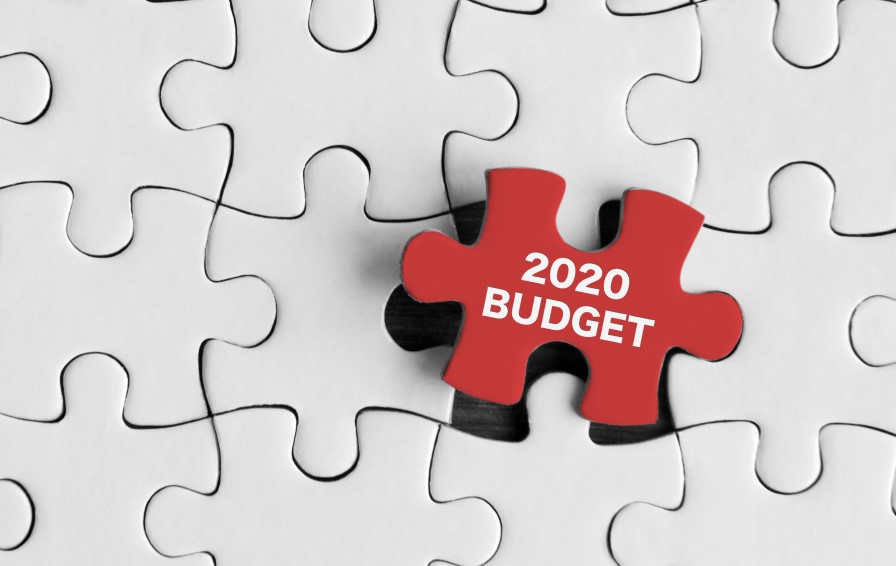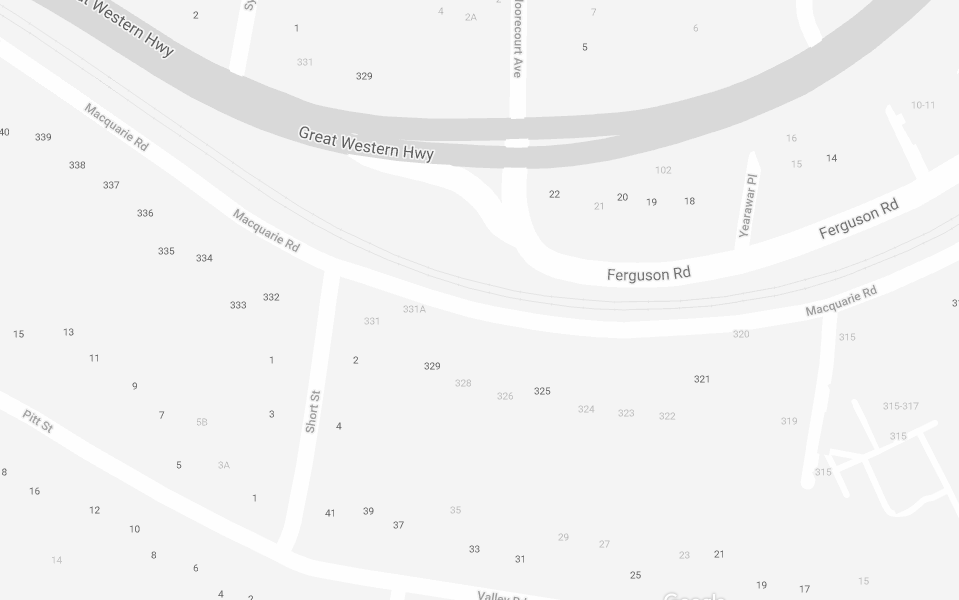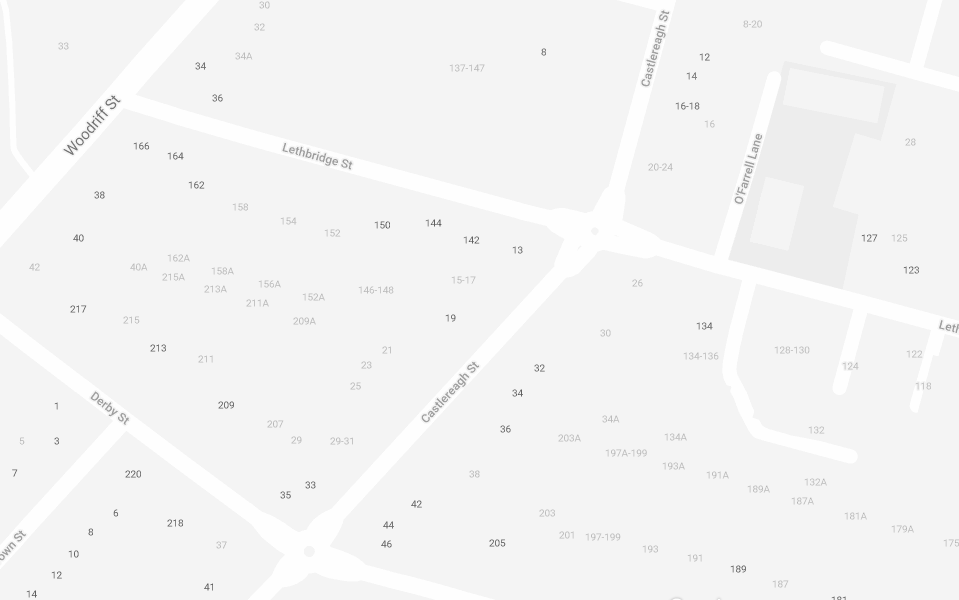
Budget 2020 – what’s in it for me?
The government has handed down its big spending budget in a bid to revive the economy. In terms of individuals, as expected, the government has confirmed that it will bring forward and backdate the previously legislated tax cuts by 2 years. Other measures include retaining the existing low and middle income offset, bringing forward the new low income tax offset (as a consequence of bringing forward the tax cuts), CGT exemptions for granny flats in certain circumstances, and cash payments for some income support recipients.
The 2020 Budget has been handed down and as expected, the government has brought forward the previously legislated stage 2 tax cuts from 1 July 2022 to 1 July 2020. Other measures include the bringing forward and retaining various low-income offsets, targeted CGT exemption for granny flats, and cash payments for some income support recipients.
Personal tax cuts
According to the Treasurer, stage 2 tax cuts will see more than 11m taxpayers get an immediate tax cut backdated to 1 July 2020. With Labor indicating that they will support the changes, from 1 July 2020, the top threshold of the 19% personal income tax bracket will increase from $37,000 to $45,000. In addition, the top threshold of the 32.5% tax bracket will increase from $90,000 to $120,000. The government projects that individuals are expected to receive tax relief of $2,000 or more for the 2020-21 income year compared with 2017-18 income years.
| Rate | 2019-20 | 2020-21 |
| Nil | $0 – $18,200 | $0 – $18,200 |
| 19% | $18,201 – $37,000 | $18,201 – $45,000 |
| 32.5% | $37,001 – $90,000 | $45,001 – $120,000 |
| 37% | $90,001 – $180,000 | $120,001 – $180,000 |
| 45% | $180,001 + | $180,001 + |
At this time, the previously legislated stage 3 tax cuts remain unchanged and is set to commence from 1 July 2024. From that date, the 32.5% marginal tax rate will be cut to 30% for one big tax bracket between $45,000 and $200,000 and the 37% tax bracket will be abolished.
The tax rates for foreign residents for the 2020-21 income year will be:
- $0 – $120,000 – 32.5%;
- $120,001 – $180,000 – 37%;
- $180,001 or above – 45%.
Low-income offsets
As a consequence of bringing forward the tax cuts, a new low-income tax offset (LITO) will also be brought forward to start from the 2020-21 income year. The new LITO was intended to replace the existing low income and low and middle income tax offsets from 2022-23. Although the existing LITO is scrapped, the low and middle income offset (LMITO) will be retained for 2020-21.
The maximum amount of the new LITO is $700. The LITO will be withdrawn at a rate of 5 cents per dollar between taxable incomes of $37,500 and $45,000 and then at a rate of 1.5 cents per dollar between taxable incomes of $45,000 and $66,667.
The amount of the LMITO is $255 for taxpayers with a taxable income of $37,000 or less. Between $37,000 and $48,000, the value of LMITO increases at a rate of 7.5 cents per dollar to the maximum amount of $1,080. Taxpayers with taxable incomes from $48,000 to $90,000 are eligible for the maximum LMITO of $1,080. From $90,001 to $126,000, LMITO phases out at a rate of 3 cents per dollar.
Targeted CGT exemption for granny flats
The Government will put in place a “targeted” CGT exemption for granny flat arrangements from 1 July 2021 whereby CGT will not apply to the creation, variation or termination of a granny flat arrangement providing accommodation where there is a formal written agreement in place. However, it will only apply to arrangements entered into due to “family relationships or other personal ties” and the arrangement is to provide accommodation for “older Australians or those with a disability”
Cash payments for some income support recipients
Two $250 economic support payments will be made to eligible income support recipients including those on the age pension, disability support pension, carer payment, FTB, and various other concession card holders (eg pensioner concession card, Commonwealth Senior Health card holders, and eligible veterans’ affairs concession cards). The payments will be made in November 2020 and early 2021.





